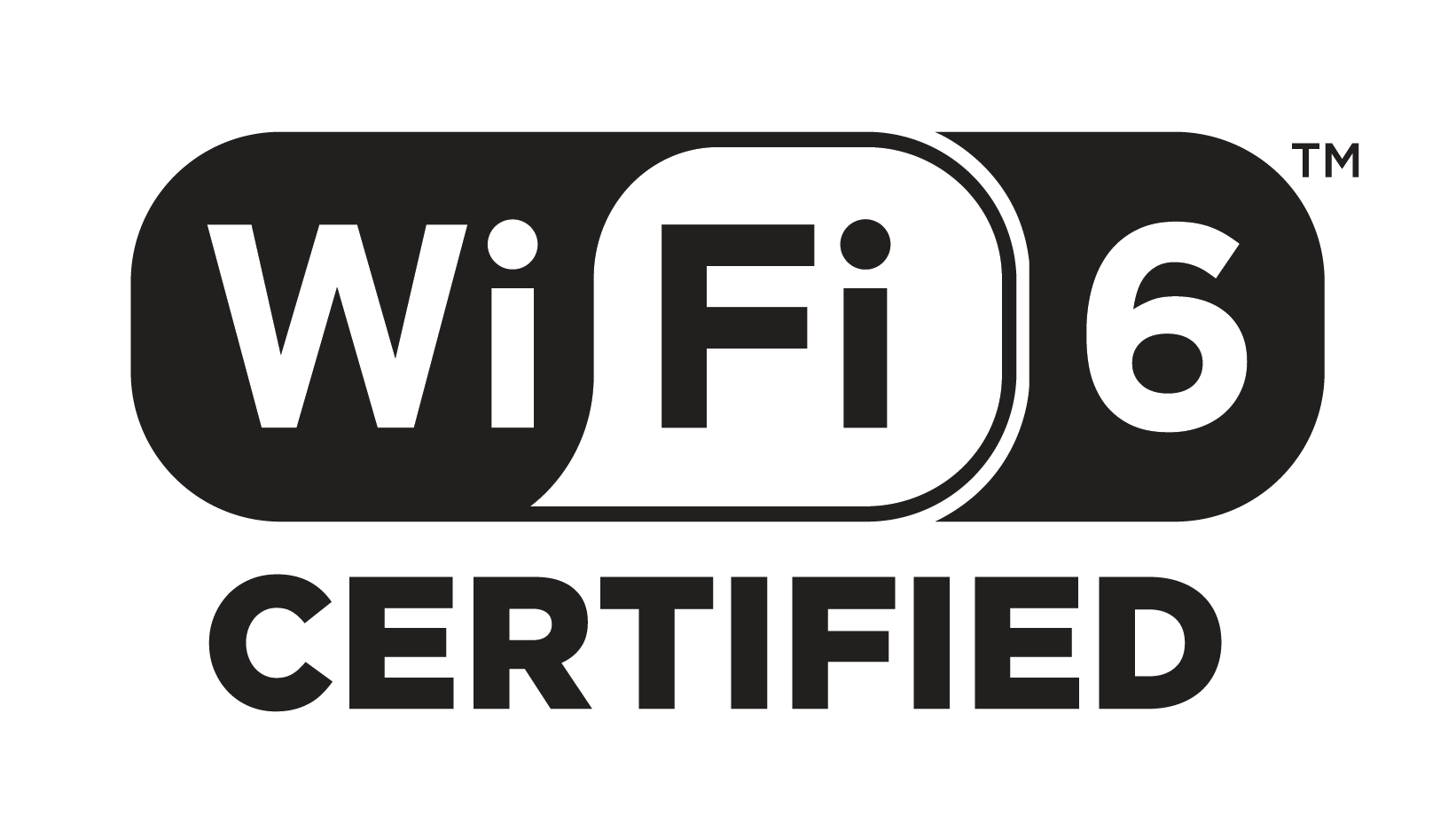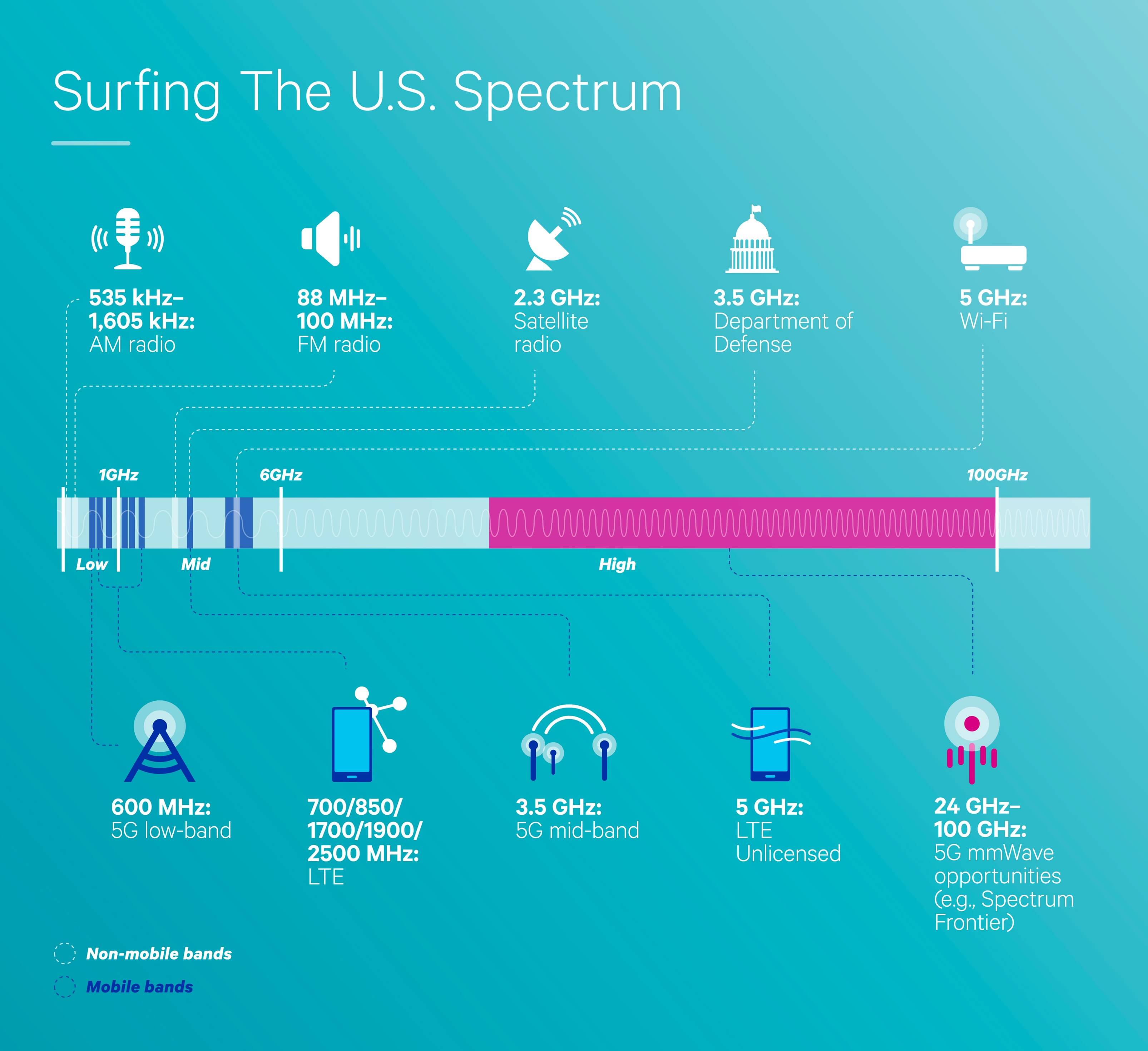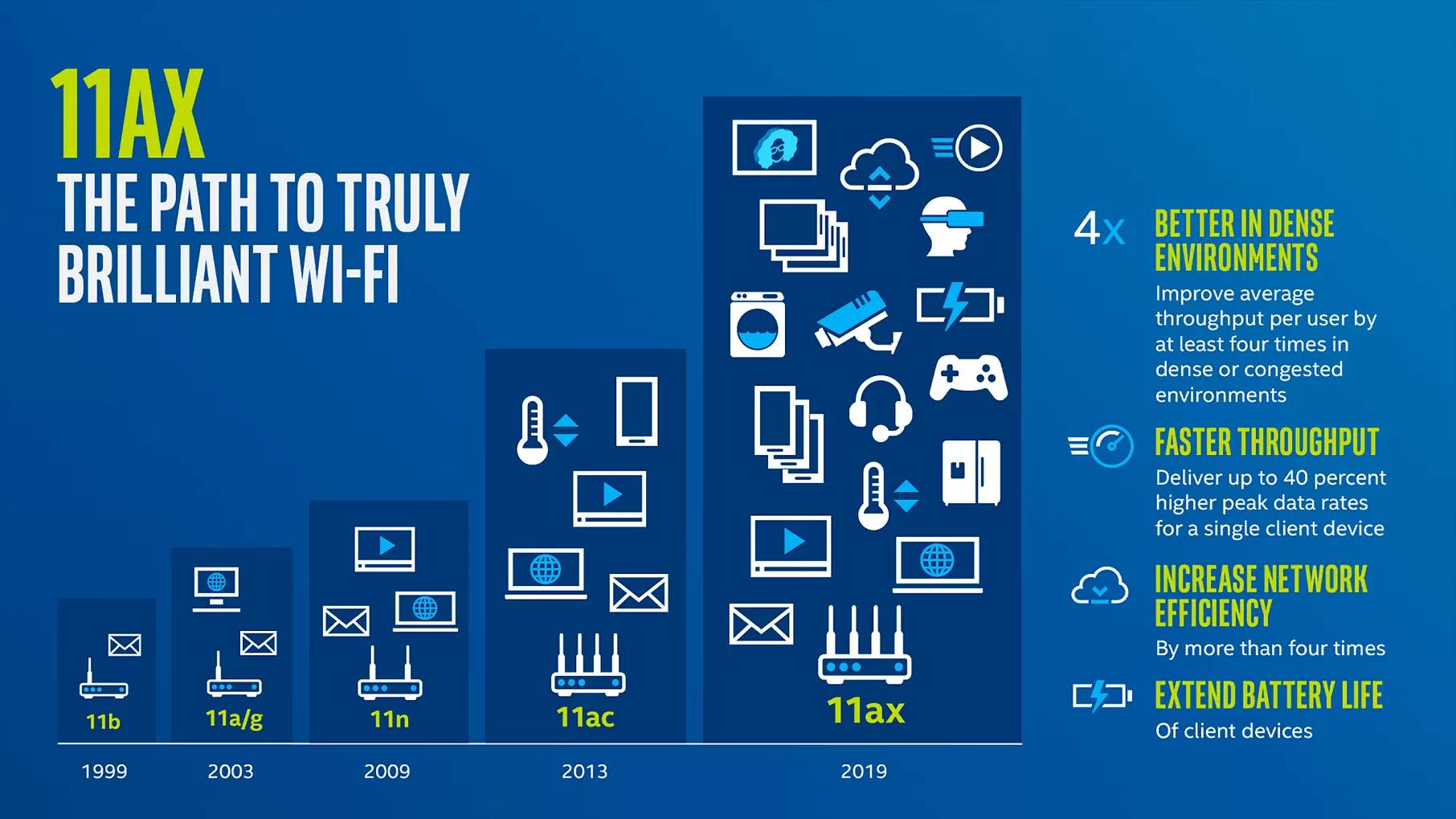The Wi-Fi Alliance announced new branding for some not yet released Wi-Fi 6 equipment this month. These devices will be labeled Wi-Fi 6E. But what is Wi-Fi 6E, and what makes it different from the more simple term Wi-Fi 6?
Wi-Fi 6 is the next generation of wireless router protocol. Also known as 802.11ax or AX Wi-Fi, the new standard offers improvements over the current 802.11ac. It primarily looks to overcome congestion issues caused by multiple devices in the home, including IoT gadgets, riding on the same signal.
In short, Wi-Fi 6E is the name of a new extension to the existing Wi-Fi 6 standard to signify it's capable of supporting all-new 6 GHz frequencies. This will add more spectrum, higher throughputs, and lower latency.
In case you missed our full blown explainer about Wi-Fi 6, the new routers can handle four times as many devices at speeds up to 40-percent faster (9.6Gbps) than 802.11ac (now called Wi-Fi 5).
Wi-Fi 6 will be capable of operating on 2.4GHz, 5GHz, and eventually bands in 1GHz and 6GHz bands. Since the 6GHz spectrum offers significant advantages, the Wi-Fi Alliance feels that devices capable of using the broader band should have a different designation to make them easier to identify.
In short, Wi-Fi 6E is the name of a new extension to the existing Wi-Fi 6 standard to signify it's capable of supporting all-new 6 GHz frequencies. This will add more spectrum, higher throughputs, and lower latency.

"Wi-Fi Alliance is introducing new terminology to distinguish forthcoming Wi-Fi 6 devices that are capable of 6 GHz operation, an important portion of unlicensed spectrum that may soon be made available by regulators around the world," the Wi-Fi Alliance announced. "Wi-Fi 6E brings a common industry name for Wi-Fi users to identify devices that will offer the features and capabilities of Wi-Fi 6 - including higher performance, lower latency, and faster data rates - extended into the 6 GHz band."
Standard Wi-Fi is facing a spectrum shortage because if the increasing number of devices being used around the world and the addition of 6GHz will help mitigate this problem. However, regulators have yet to fully approve the band's use. Once allowed, 6GHz will facilitate continued Wi-Fi growth, as well as other advantages such as broader channel sizes and less interference from legacy Wi-Fi 4 (802.11n) and Wi-Fi 5 devices.
Analysts predict approval will trigger the quick adoption of the band by equipment manufacturers.

"If the regulatory landscape permits, we expect companies to move forward aggressively with products that operate in 6 GHz because they understand the tremendous value brought to their customers by this portion of unlicensed spectrum," IDC's Research Director Phil Solis notes. "If [the] spectrum is made available early this year, we expect [the] momentum of products that support operation in 6 GHz to ramp very quickly."
The impact of Wi-Fi 6E will truly shine in highly congested areas. Routers will have wider channels to work with to accommodate more devices at higher throughput rates.
According to some OEMs, adoption of 6Ghz should bring about more innovation in connected products as well. "This swath of spectrum, when coupled with Wi-Fi, will power new consumer experiences on smartphones, AR/VR devices and wearables we haven't even yet invented," said Broadcom VP Vijay Nagarajan.
The FCC has already unanimously agreed to open the 6GHz band for use in next-gen Wi-Fi. However, it still has some regulatory hoops to jump through before OEMs can start implementing it globally.
